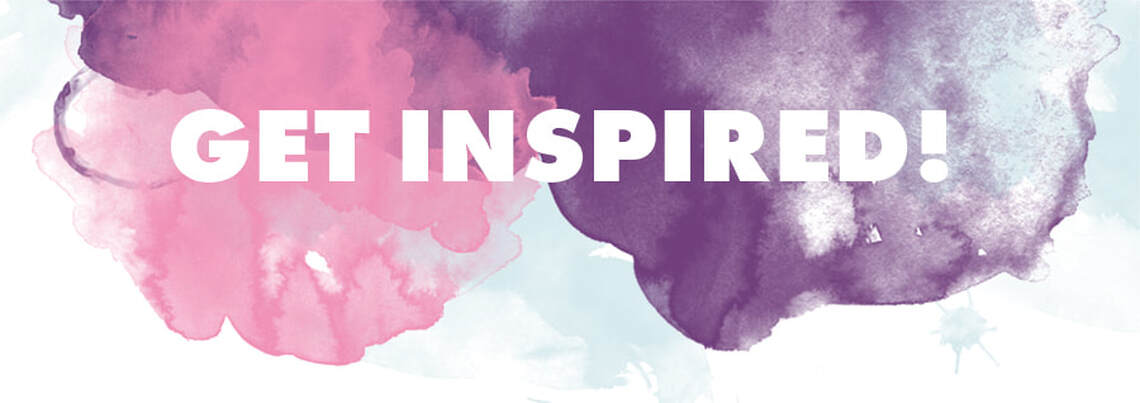<
>
Ken Danby was a prominent photo-realist painter and avid print maker, who was born in 1940 in Sault Ste. Marie, Ontario. In 1958 he enrolled at the Ontario College of Art but found the school did not speak to his creative aspirations and decided to quit and continue experimenting on his own. Inspired by the work of Andrew Wyeth, Danby discovered that photo-realism was his artistic calling. He favoured egg tempera even though it was a challenging medium. Danby’s, At the Crease (1972) painting, quickly became one of his most popular images in Canada which shows an anonymous goalie ready to act. This painting moved Danby from artist to Canadian icon. Danby was a member of the Royal Canadian Academy and received numerous awards including, the Order of Canada. He served on the boards of the National Gallery of Canada and Canada Council for the Arts. The city of Sault Ste Marie honoured Danby through its Award of Merit and Walk of Fame and by naming Ken Danby Way after him. Danby’s works are owned by numerous private and public collections. Danby tragically died while canoeing on North Tea Lake in Algonquin Park in 2007. Ken Danby began painting and drawing in high school, and while studying in college he experimented with abstract expression, the style that was most popular at the time in his college. After feeling a lack of inspiration Danby quit and pursued his own style and body of work becoming a photorealist painter. Danby was best known for working in egg tempera paint, particularly in the 60’s and 70’s. This medium was well known for being a complicated medium, drying fast and often being applied in thin layers giving a softer look to paintings. Throughout his career Danby also worked in watercolour as well as oil and acrylic paints which he began using in the 80s for larger work. Along with his painting Danby was also a printmaker working in both lithograph and serigraph prints, creating 19 black and white lithographic prints and 32 full colour serigraphs in his career. |
|
|
|
GET INSPIRED
Get Inspired by
Try this creative activity based on the artwork!
Ken Danby was known for using egg tempera paints. Today, we will be making our own and creating paintings focusing on natural light!
SUPPLIES
- Several small bowls
- Whisk
- Eggs
- Spoon
- Food colouring
- Paint brushes
- Paper
- Pencil
INSTRUCTIONS
To make your paint:
- Start by cracking an egg into a bowl. Using a spoon, separate the yolk from the egg white and place the yolk in a separate bowl.
- Add a few drops of desired colouring to the yolk and whisk the egg until smooth.
- Repeat the first three steps until you have several tempera colours to work with.
- Now you’re ready to paint! Use a paint brush like you would regular paint.
- Many of Ken Danby’s works are scenes set outside. Find a nice spot with light and shadows outside, or use a picture to base your painting off of. Your painting can be set in any season!
- Make a light sketch of your scene using basic shapes to block in your image.
- Once you have your image planned out you can begin to paint. Tempura paint should be painted in thin layers and each layer should be fully dry before applying the next. As you add layers the paints become more saturated and darker, you can use this to make the lights and darks of your image.
- Paint your first layer of your images lightly blocking in the colours of your picture.
- After your first layer is dry begin to build your image and colours remembering to let layers fully dry in between coats of paint.
- Experiment with layering as tempera is relatively translucent when it dries. Use only one or two layers when painting the lightest parts of your scene, and more layers where the shadows are.
Don’t forget, there are no mistakes in art! Be bold and have fun!
|
|
Share your inspired work with us!
Send us an e-mail with your name, photo of your work and the activity it was inspired by and it could be posted on our website!
Please be aware that whatever is posted is widely accessible. The AGA is not responsible for the copyright and has no control of what people will do with the posts.
Please send you submission to: [email protected]
Please be aware that whatever is posted is widely accessible. The AGA is not responsible for the copyright and has no control of what people will do with the posts.
Please send you submission to: [email protected]




